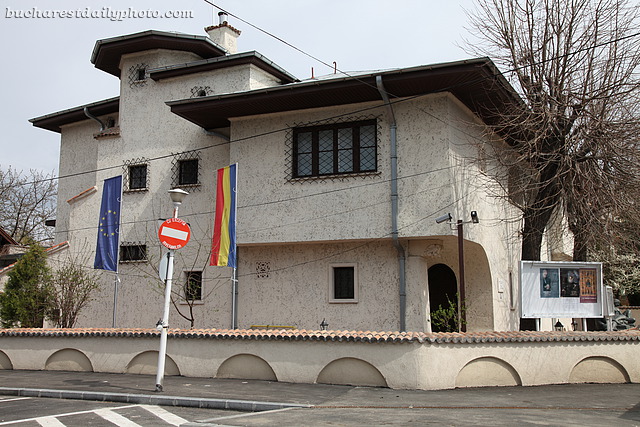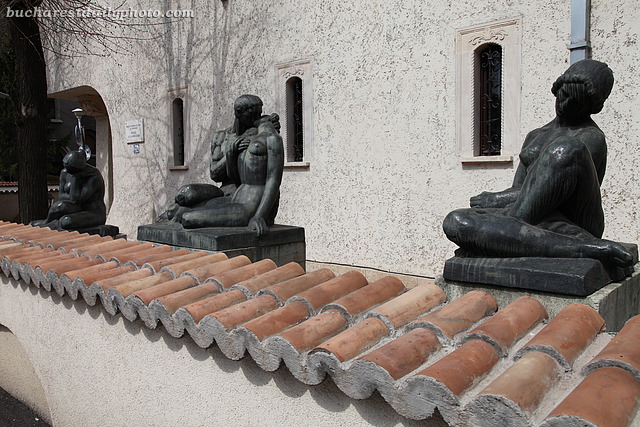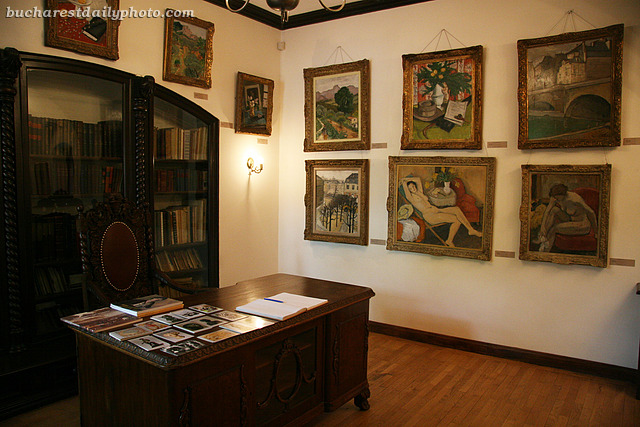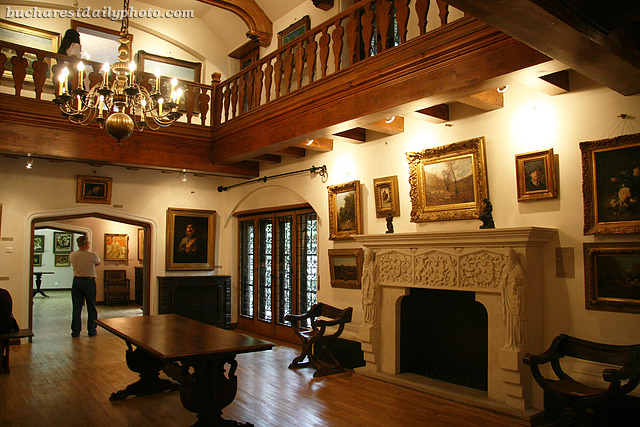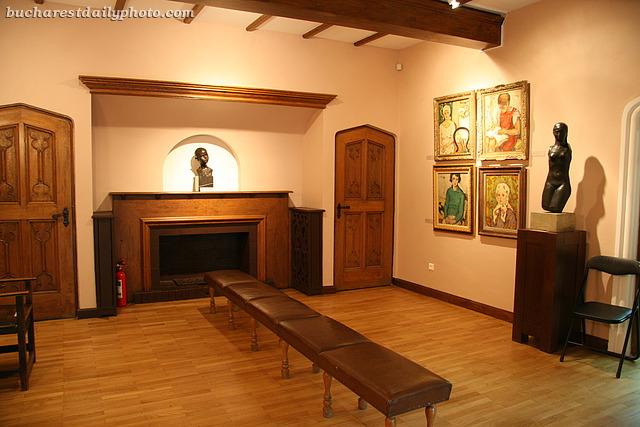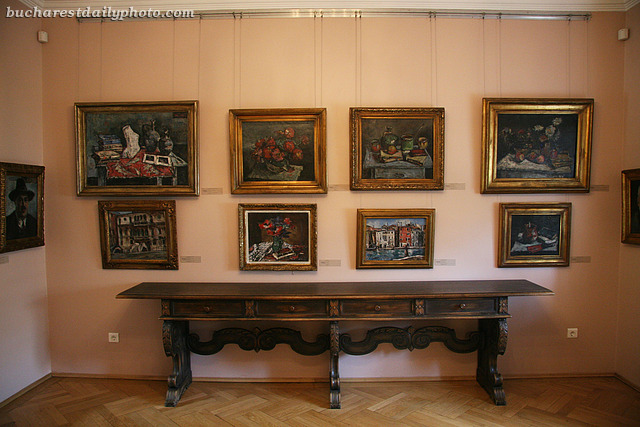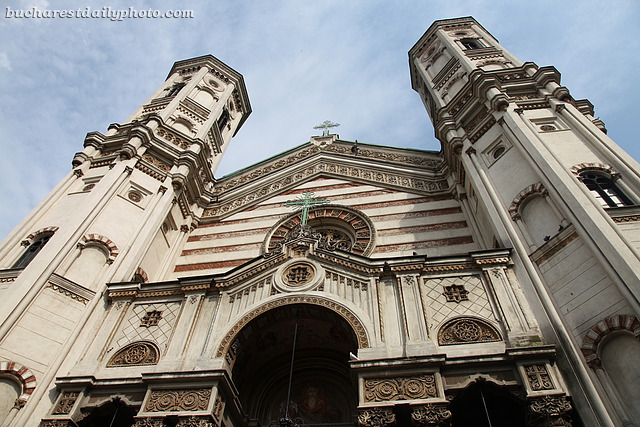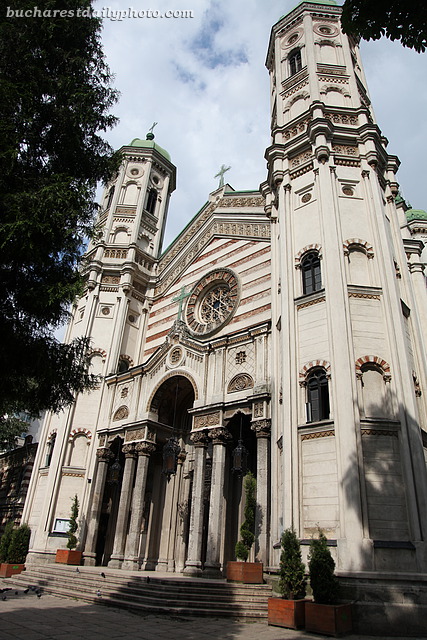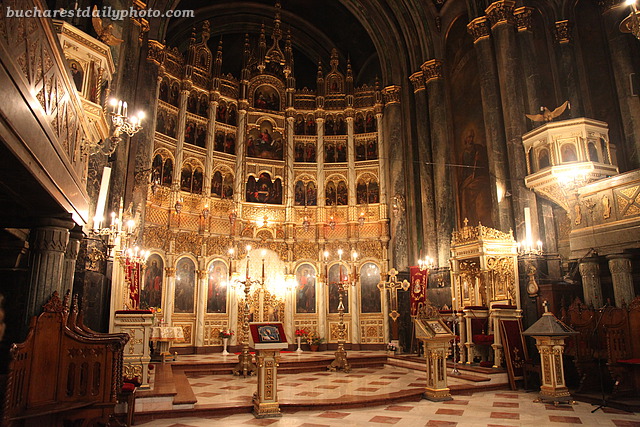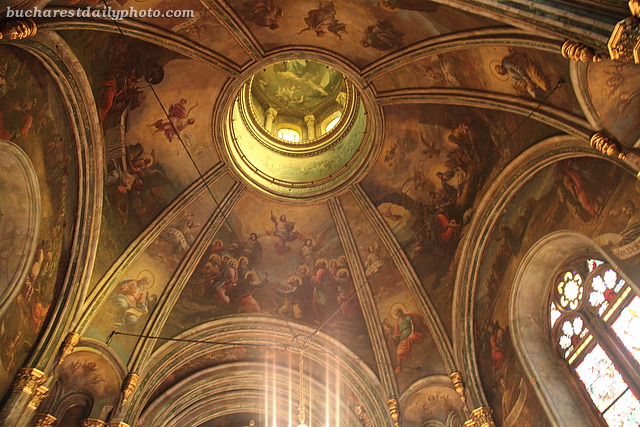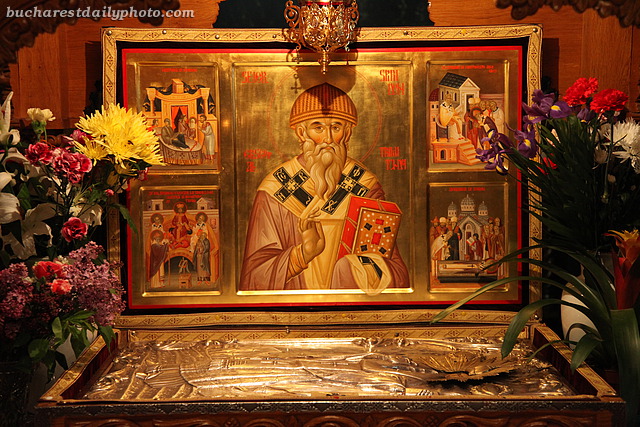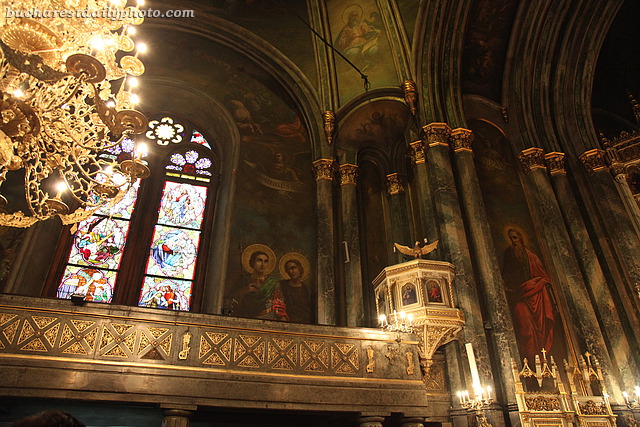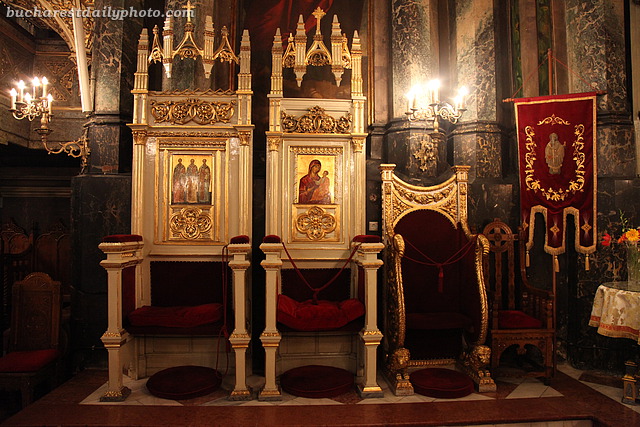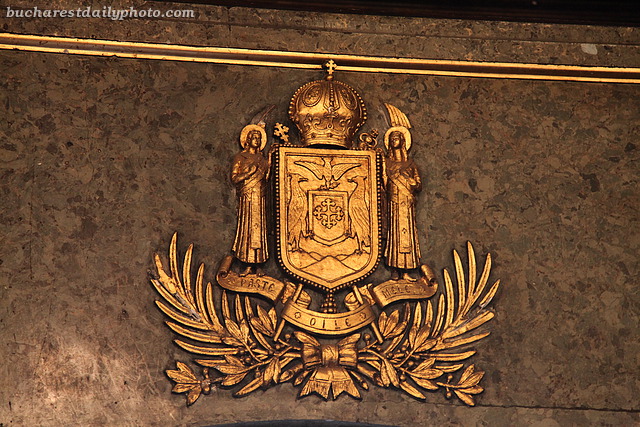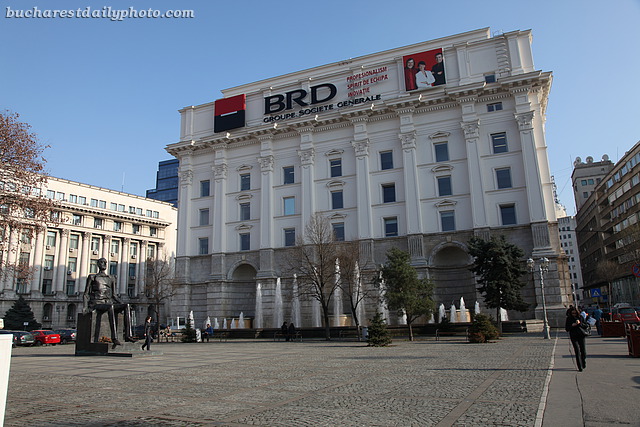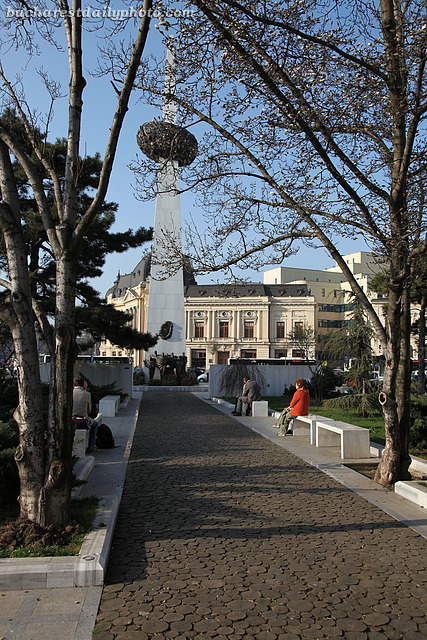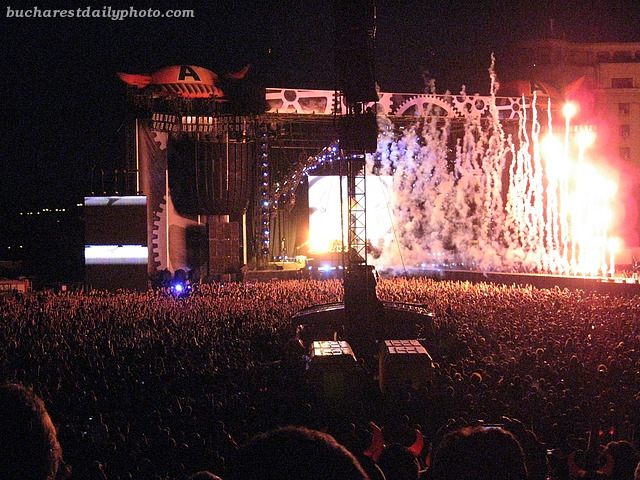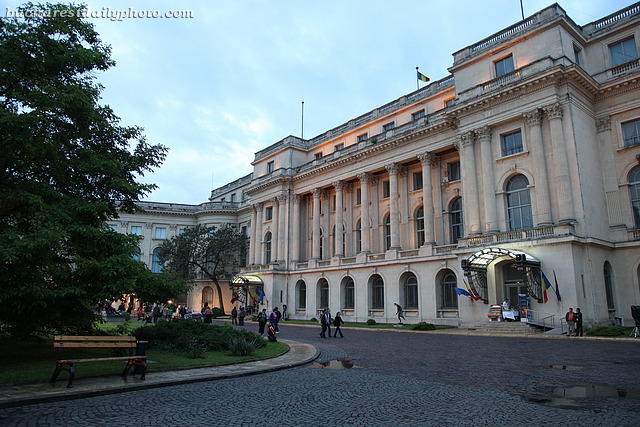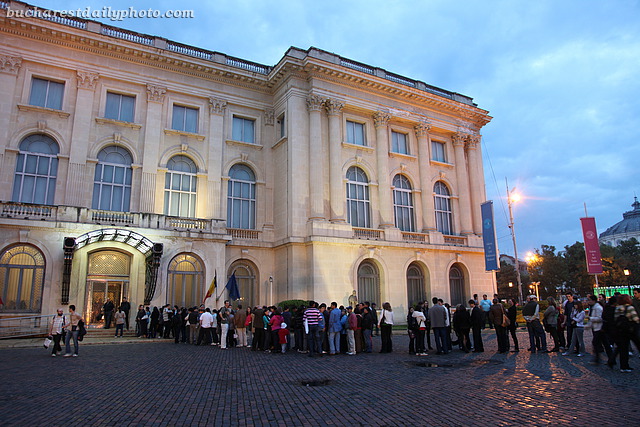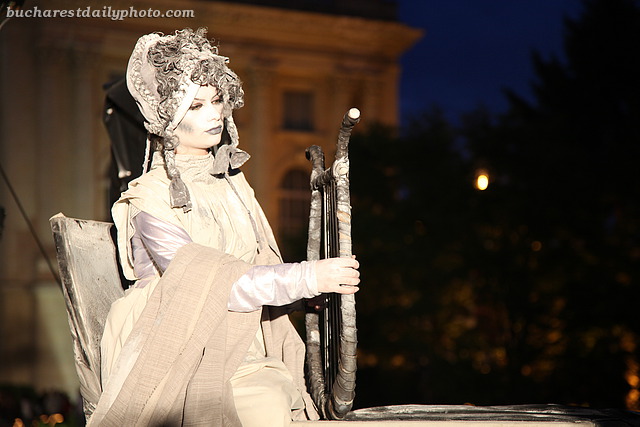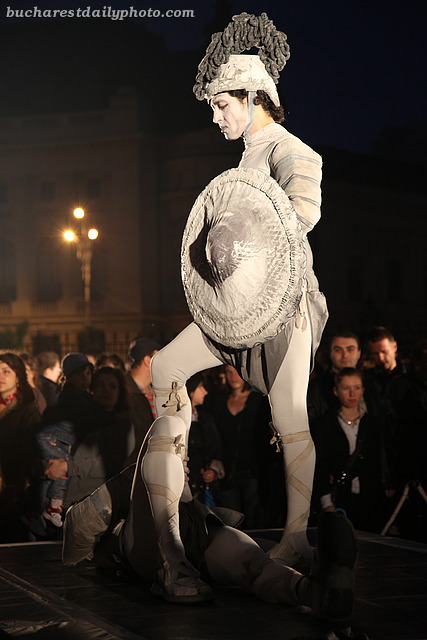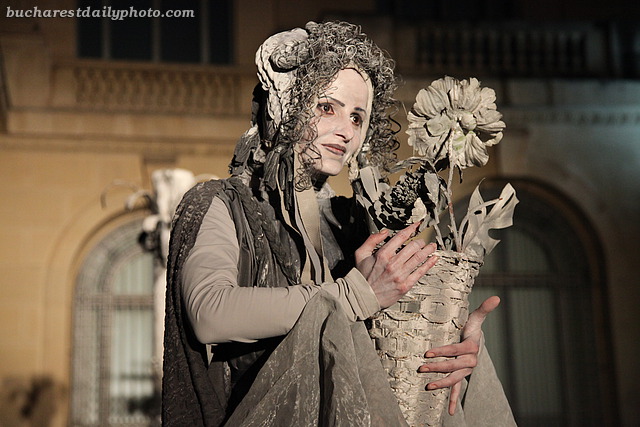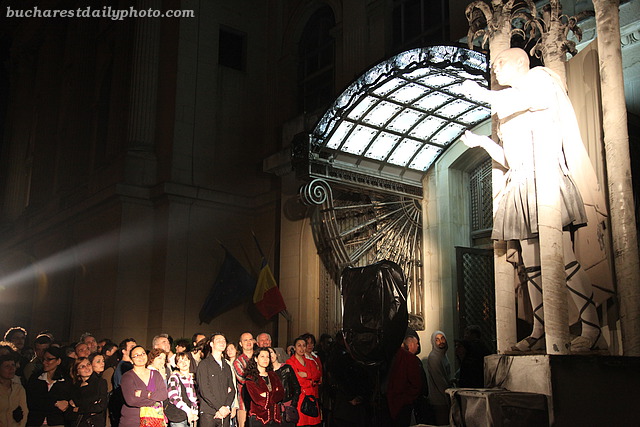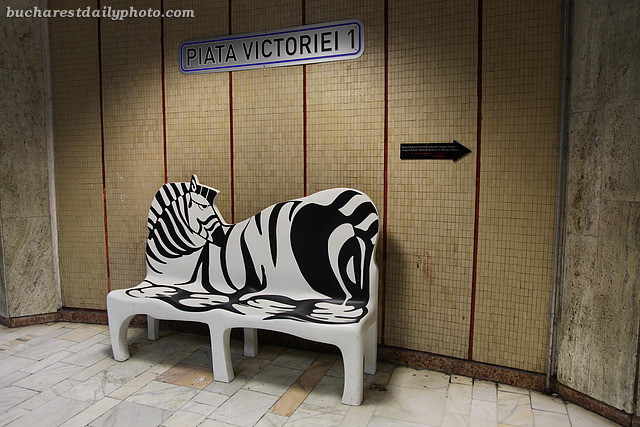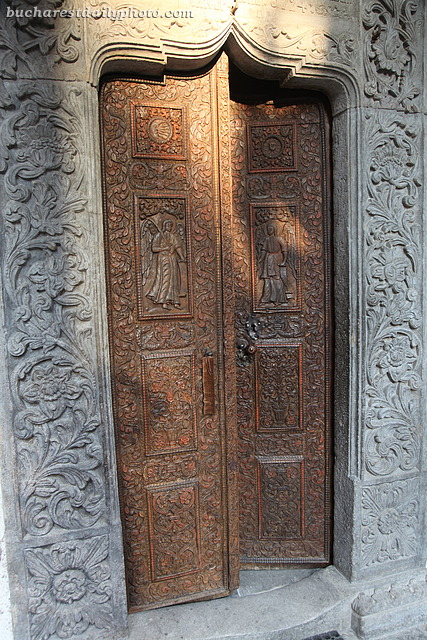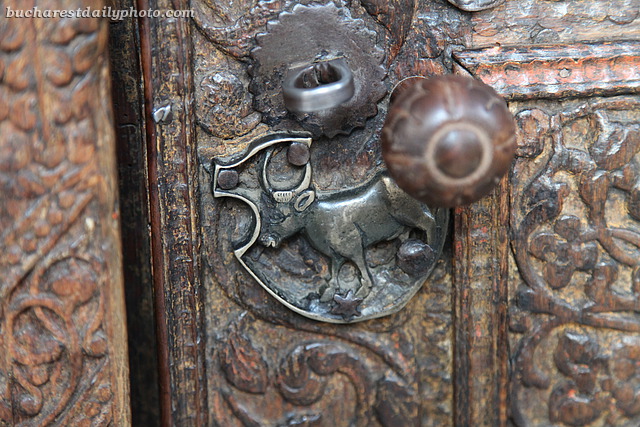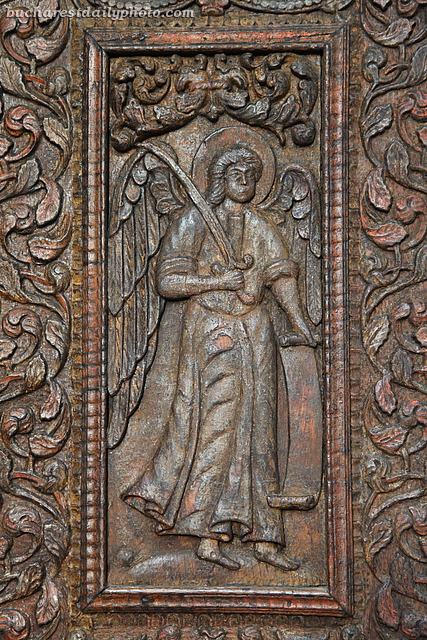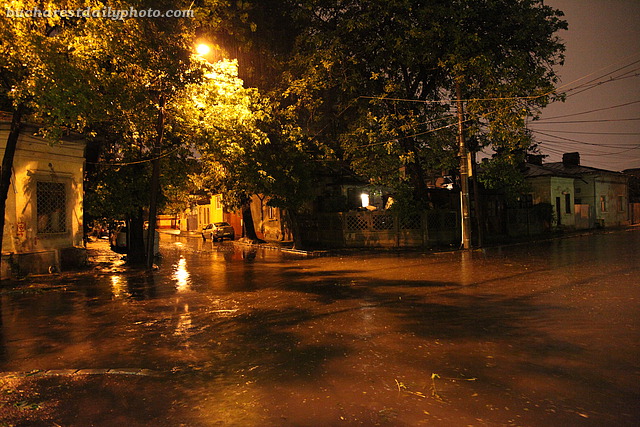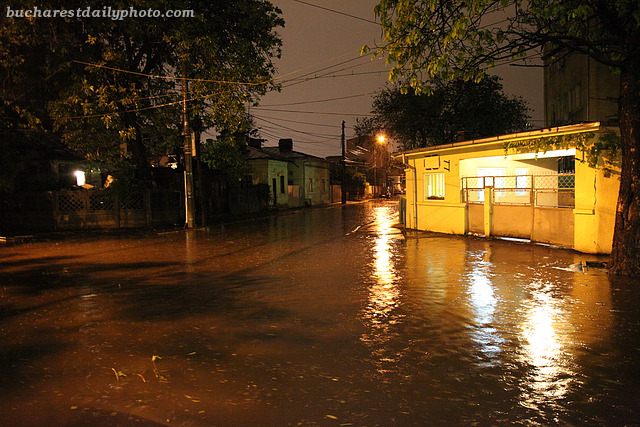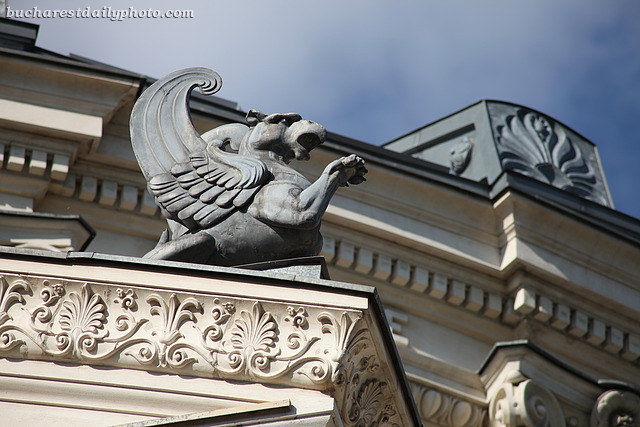Krikor Zambaccian (1889 – 1962) was a wealthy Armenian businessman and a lover of fine arts, who over the course of his life assembled a great art collection. În 1930 he asked architect C.D. Galin to design a house that will be used as living quarters as well as a museum for the art collection. In 1942 when the house was ready, Zambaccian opened his collection for public view once a week. The Zambaccian Museum was inaugurated in 1947 when Zambaccian donated his collection and the house to the Romanian state. The donation papers included the condition that the collection will remain in the house but in 1977 after the big earthquake the communist state moved the collection to the Art Collections Museum, citing imaginary concerns about the building’s structure. În 1992, after the fall of communism, the collection was returned to the house and the museum reopened. Most of the works are by Romanian artists (Nicolae Grigorescu, Ioan Andreescu, Ştefan Luchian, Jean Al. Steriadi, Gheorghe Petraşcu, Nicolae Tonitza, Nicolae Dărăscu, Theodor Pallady, Iosif Iser, Corneliu Baba, to name a few) starting with mid-19th century to the mid-20th century. There are also a few paintings by French artists like Delacroix, Renoir, Pissarro, Sisley, Cézanne etc. When I visited there were only 5 or 6 more visitors, so it feels like having the place to yourself. I can only imagine how it was to be living there.
Almost a month ago I got invited to attend a wedding and on this occasion I got the chance to photograph another one of Bucharest’s beautiful churches: New Saint Spyridon Church on Calea Şerban Vodă. The church is the biggest orthodox church in Bucharest and I was really impressed by it, not by its size, but by its handsome interior and exterior. The first church by the name New Saint Spyridon Chuch was built on this site in 1766-1768, construction being started by one of Wallachia’s rulers, Scarlat Ghika, and finished by his son Alexandru Ghika. The building lasted until the year 1852 when the church was rebuilt entirely by architects Luigi Lipizer and Xavier Villacrosse, construction ending in 1858. The oil painting was done by Gheorghe Tattarescu in 1862. In the 20th century the church was damaged in the air raids of the WWII (1944), by the 1940 and 1977 earthquakes and by the construction of Bucharest’s subway in 1979 but the highest threat came when the communists decided to demolish it. Happily, the church was saved through the intervention of the former head of the Romanian church, Patriarch Teoctist. The architectural style is Neo-Gothic with traditional Romanian influences.
The Revolution Square (Piaţa Revoluţiei in Romanian) is a square in downtown Bucharest, located on Victory Road (Calea Victoriei in Romanian). In previous posts I’ve showed some of the buildings surrounding the square and the square’s artwork but I though I’ll write a few words about the square itself. Before 1989 it was known as the Palace Square (Piaţa Palatului in Romanian) because of the former Royal Palace which is located in the square. The name changed after 1989 to commemorate the Romanian Revolution because it was here, in the Revolution Square, that the collapse of Ceauşescu’s regime started. This is the place where Ceauşescu had his last speech on December 21 1989, from a balcony of the former Central Committee of the Romanian Communist Party, in front of 100.000 people, a mass meeting that turned into a protest demonstration and led to the popular revolt that followed. Ceauşescu and his wife fled the building by helicopter, never to return. The former Royal Palace (now the National Museum of Art), the Athenaeum, the University of Bucharest Library, Kretzulescu Church, Iuliu Maniu statue, the Rebirth Memorial are all located on the square. Prior to 1948 the square also hosted an equestrian statue of Carol I of Romania. It was created in 1939 by the sculptor Ivan Meštrović and destroyed by the communists when they took power. In 2005 the City Hall decided to recreate the statue and sculptor Florin Codre was assigned for the work but I didn’t hear any update on the project lately.
Good music, good sound, good show. Who said metal is dead? 🙂
For those unfamiliar with it, The Night of Museums is a cultural event organized together by multiple museums when all the participant institutions remain open late into the night and admittance is free. The idea behind the project is to introduce new people to cultural institutions. Articles I found on the web noted that on this year’s edition over 3000 museums in 39 countries remained open late Saturday night, May 15th. 12 museums took part in this year’s edition (the 6th) in Bucharest. As you can see from the photos, there were lines at the entrance, something that you never see otherwise. On the contrary, if you visit on a normal day you practically have the place to yourself. Most of the museums also had performance events, like plays, movies or music concerts. Today’s photos are from the National Art Museum, which presented a pantomime show called “The Statues” performed by Masca theatre company.
Have you ever sat on a zebra? If the answer is no then now’s your chance 🙂 These cute zebra benches are awaiting sitters in the Victory Square subway station. The project is called Zebrula and is part of a group of ten installations that will decorate the station. The artist for Zebrula is Mara Patriche.
No matter how many times I look at the Athenaeum building, I still discover something new every time I pass by.
